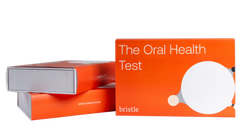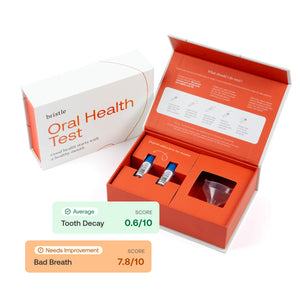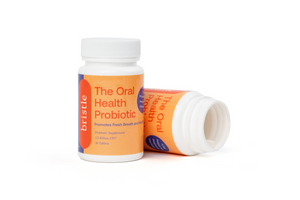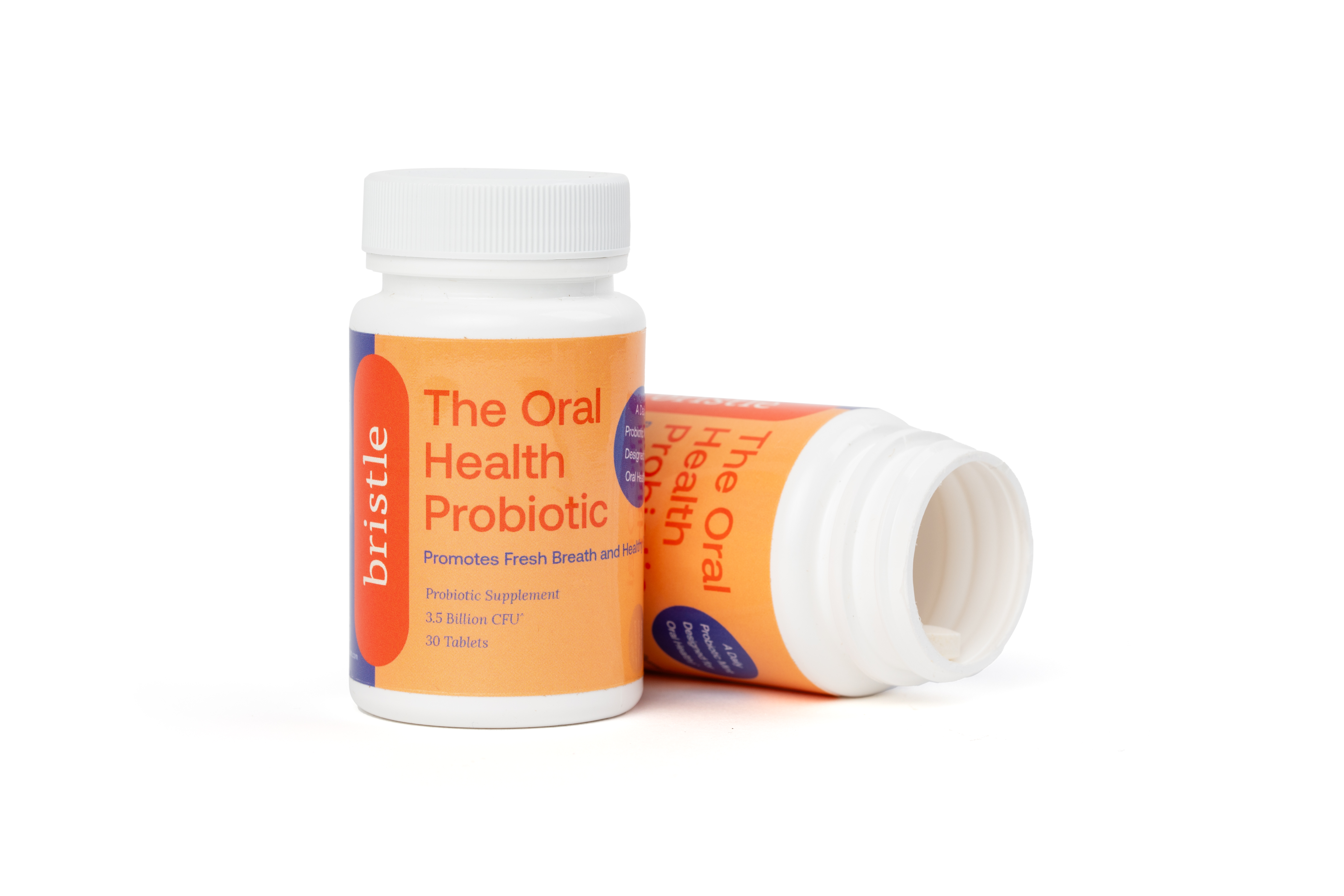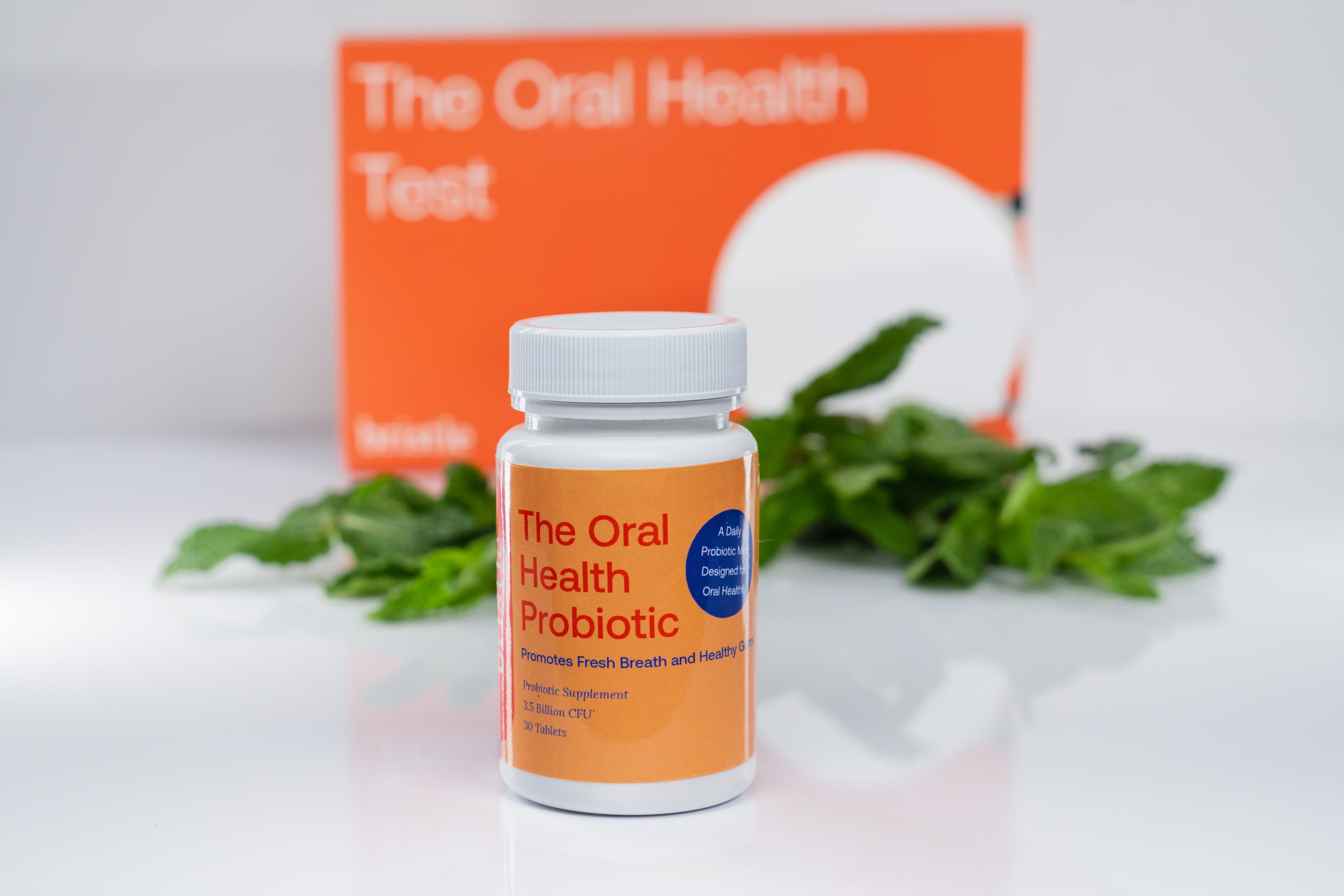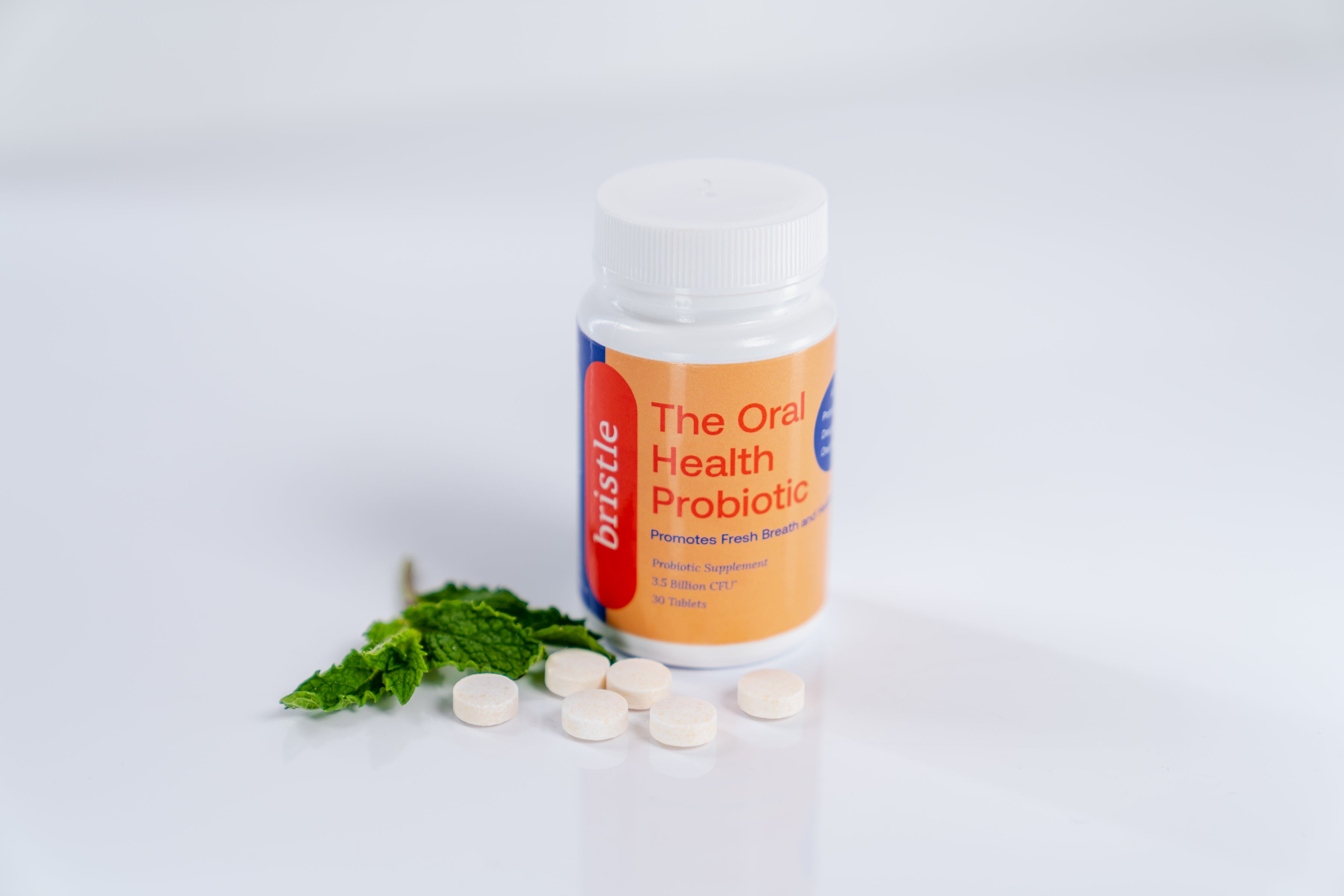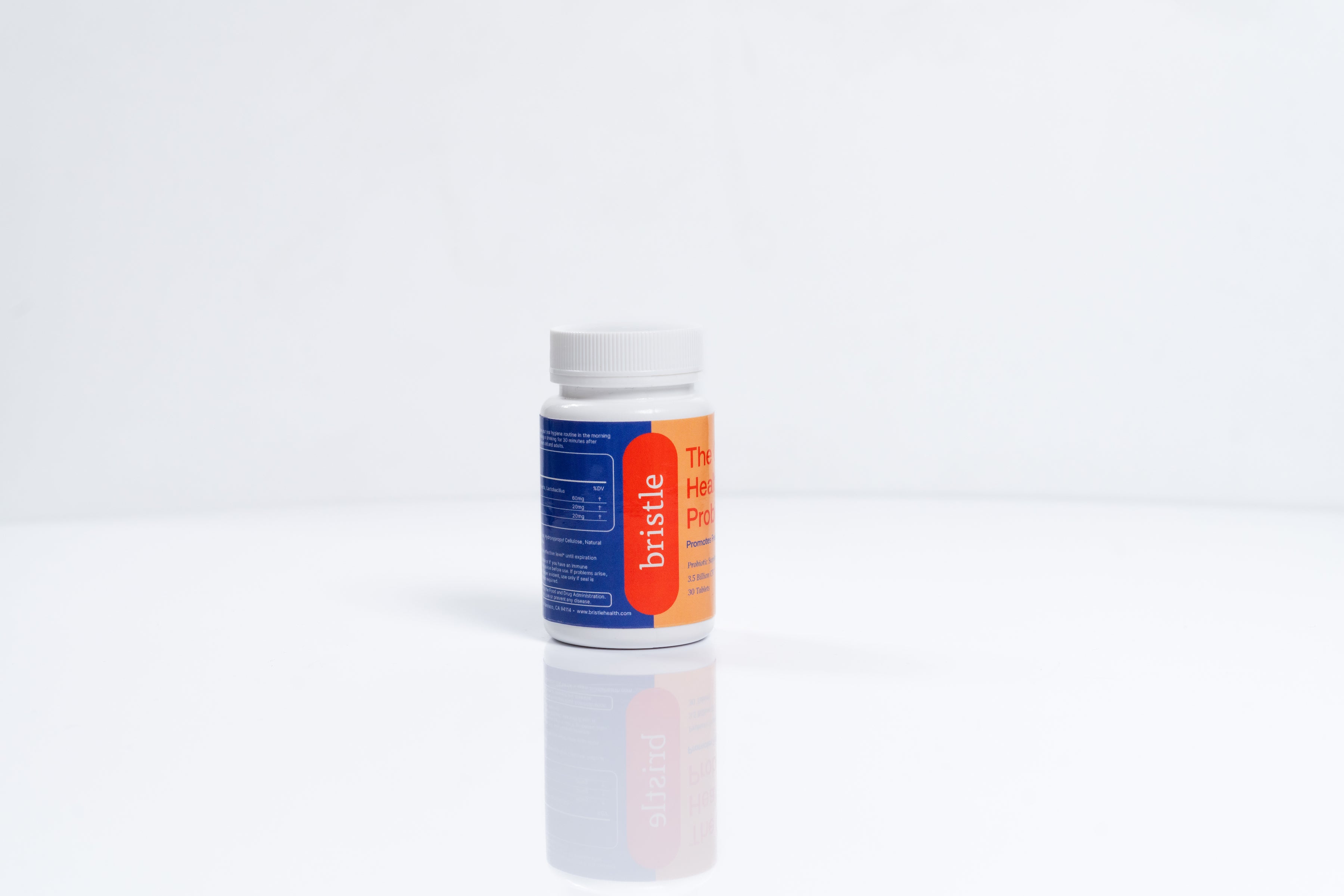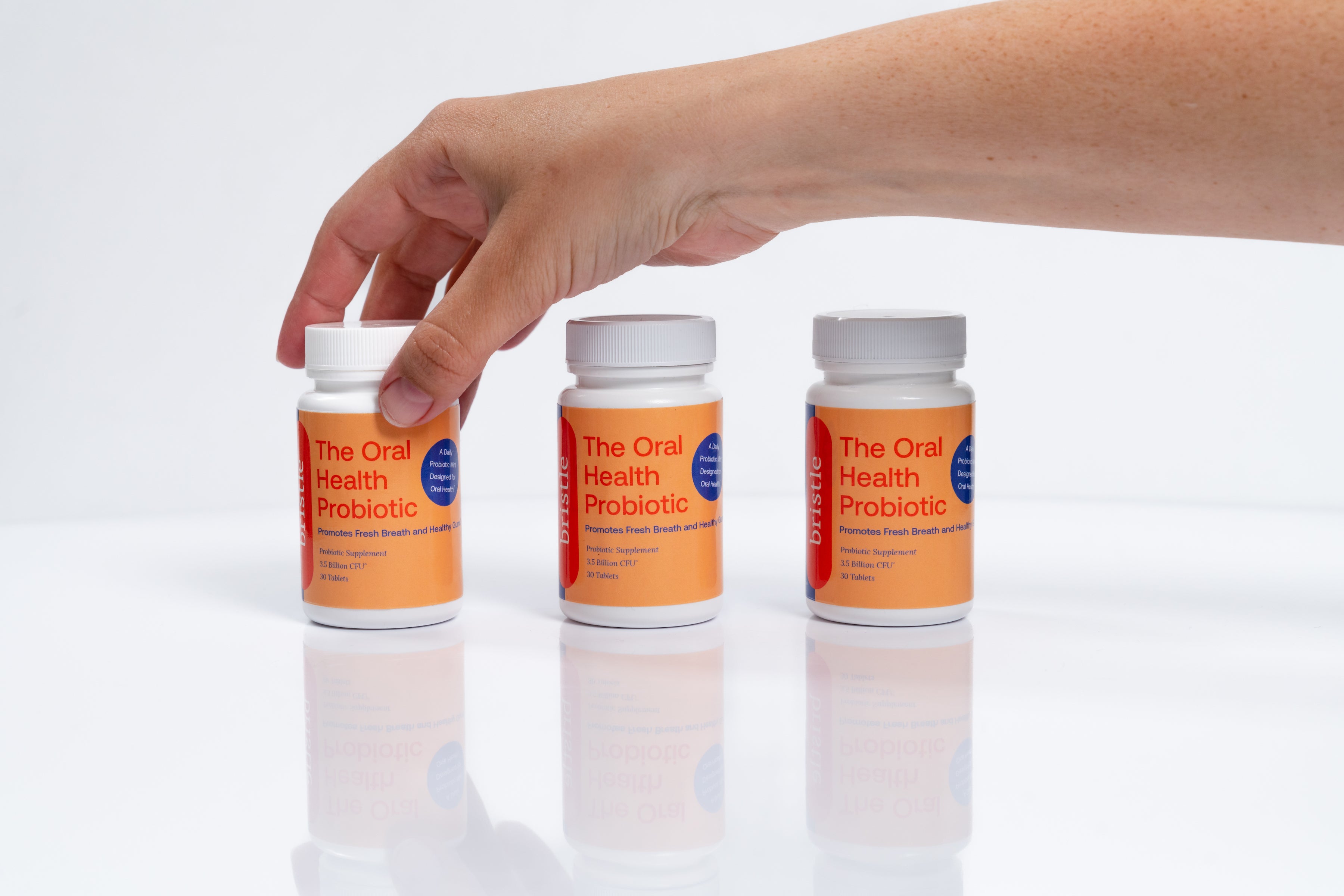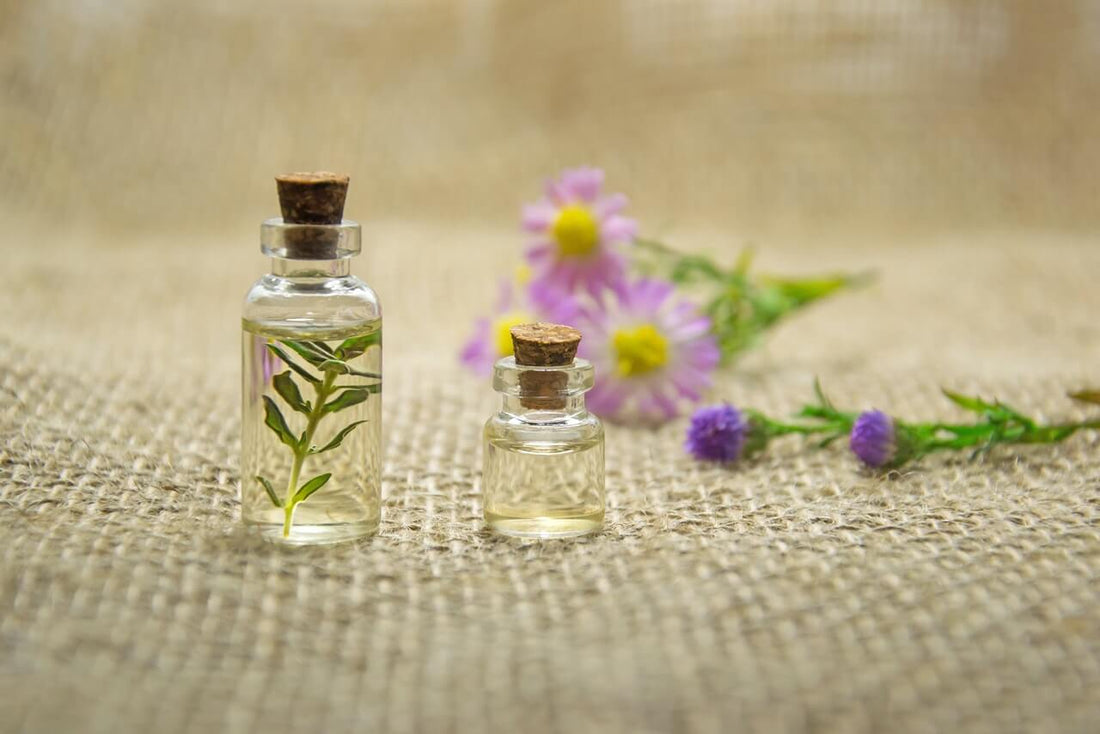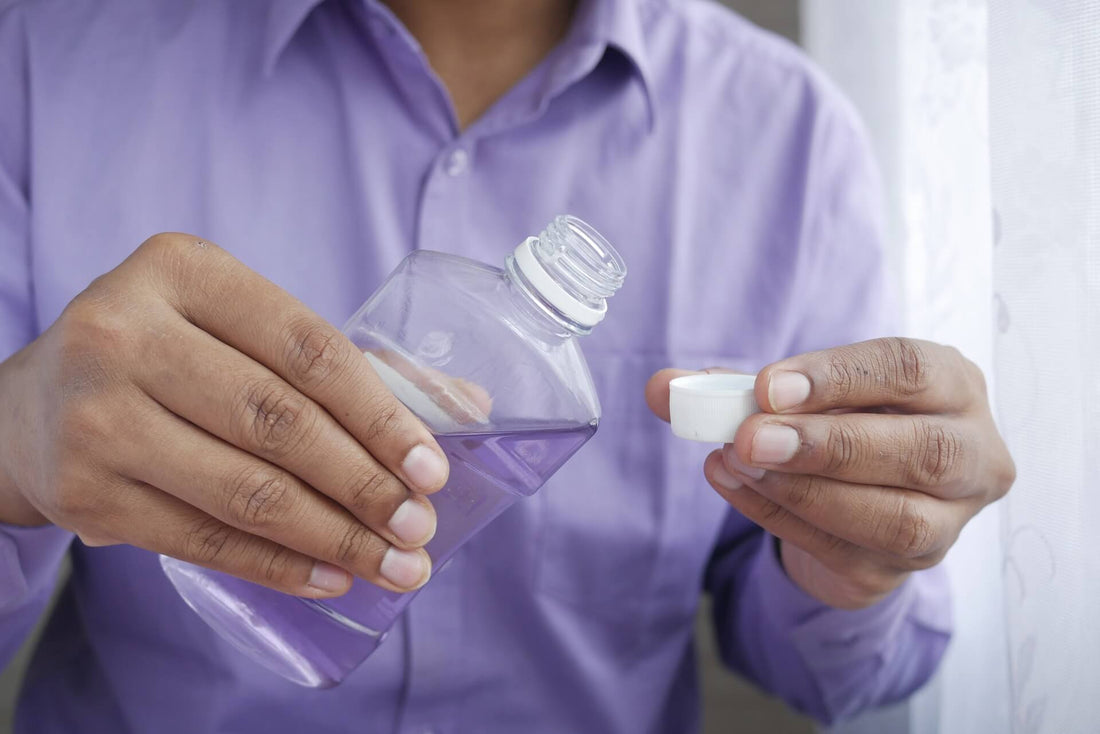Oral disease is one of the most prevalent conditions in the United States, with 9 out of 10 adults having tooth decay and almost half with gum disease. Gum disease has side effects like bad breath, teeth yellowing, and has also been linked to other severe conditions like heart disease, diabetes, and Alzheimer's.
Despite the prevalence of oral disease, the general advice we receive is limited to brush and floss more. Here are 4 easy and lesser-known ways to improve your oral health:
1. Not brushing for 30 min after eating
When we eat foods with high sugar or carbohydrate content (like sweets, pasta, or alcohol), the bacteria in our mouths convert the sugars into an acid that can erode the enamel in our teeth. One standard method to prevent damage is to immediately brush after a meal, but this may cause even more damage. After we eat, our teeth's enamel becomes softened, and brushing while soft can scrape off and further damage the tooth. Instead, it is recommended to wait 30 minutes after eating before brushing to allow time for your enamel to harden. Instead of brushing, opt for a quick water rinse or chewing sugar-free gum to produce more saliva to remove the acid.
2. Not rinsing with water immediately after brushing with fluoride toothpaste/products
Typically, the last step after brushing our teeth is to rinse the toothpaste out with water. But if you are using fluoride toothpaste, you may be negating the fluoride's beneficial effects. When using fluoride toothpaste, the fluoride particles need time to settle in on our teeth and integrate with our enamel. Rinsing immediately after can remove the fluoride before it has had a chance to take effect. To avoid this, wait 30 minutes after brushing before doing a complete rinse with water.
3. Using a straw
Drinks with high acidity (wine and sparkling water) and high sugar content (soda and juices) can cause damage to teeth by eroding the enamel, feeding acid-causing bacteria, and staining by extended duration. Using a straw reduces the duration of contact between the drinks and your teeth, giving the acid-producing bacteria less time to feed on sugars and less of a chance for staining on your teeth.
4. Flossing (correctly) / Upgrading your floss
Most of us hate flossing. It can be painful, meticulous, and cause bleeding, but that may be because of flossing with the wrong technique. The purpose of flossing is to remove food debris and plaque from between your teeth and remove harmful bacteria below your gum line. These bacteria are anaerobic, which means they cannot survive in oxygen, so they die when you move them above the gumline. Proper flossing technique should not apply pressure to your gums directly (which may cause more damage) and should focus on curving the floss around your tooth and gently guiding it into your gums. If done correctly, it should not be painful and get easier over time as gums become less inflamed.
One improvement I have found helpful is upgrading my floss to a braided floss, which cleans more comprehensively with less initial pain (ex. Cocofloss).
At Bristle, we test your saliva and give you a report of your microbiome and disease risk with personalized recommendations designed to work best for you.
